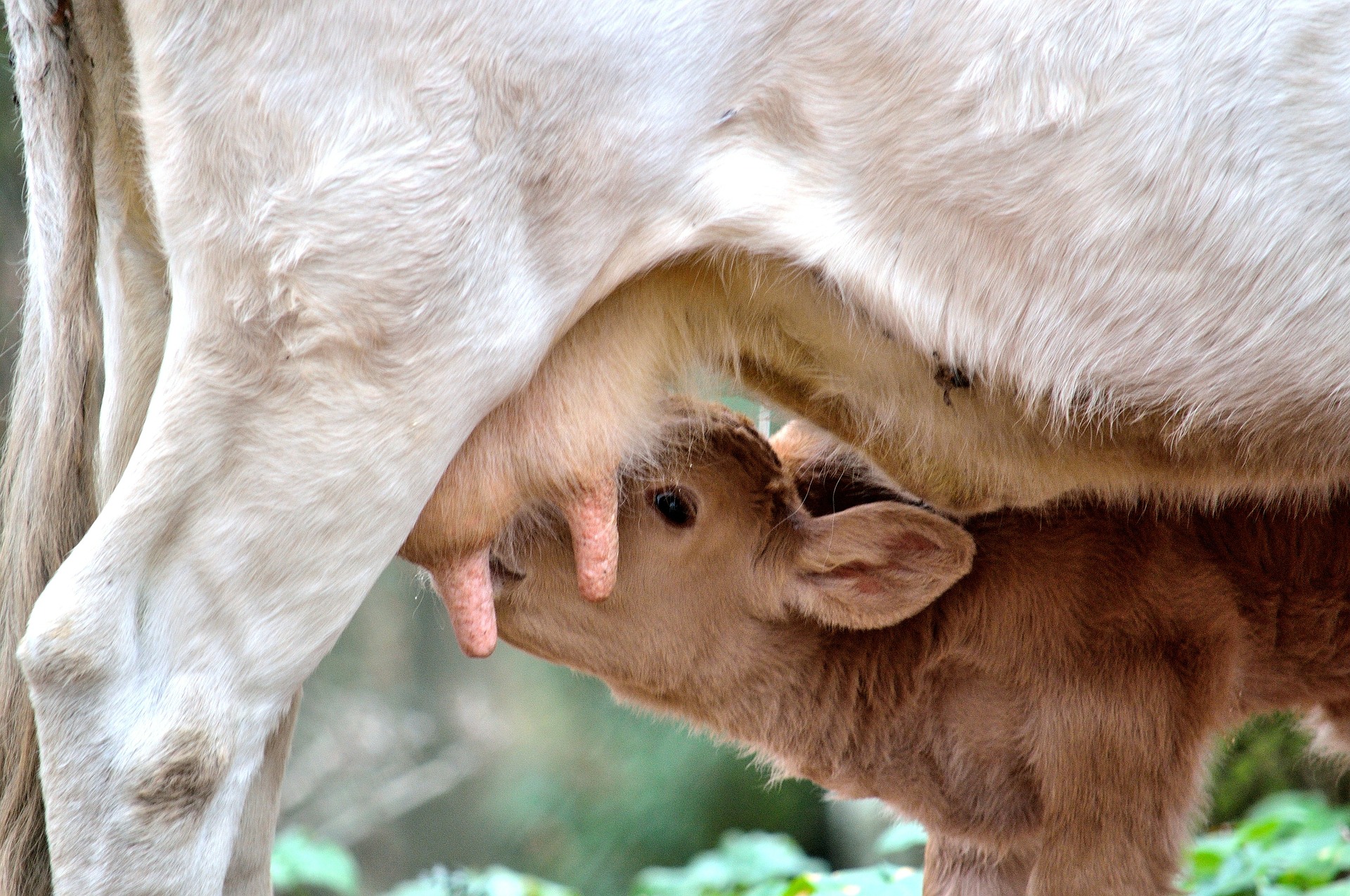Excessive nipples are a congenital condition. They may be attached between the anterior and posterior papillae and / or the breast behind the posterior papilla (11.1), or at the base or side of one of the major papillae that may interfere with milking. They are usually shorter than normal nipples and have thinner walls. Excessive teats are the most common birth defect, and this condition can be inherited by dairy cows. There have been few genetic selections away from this trait in heifers, simply because they have not been reported to the artificial insemination stud service and the problem is treated very easily. How many teats are there on the cow's udder? Many believe that cows have only four teats. However, about 50% of cows have one or more extra teats. Most accessory nipples have a slightly different structure than regular nipples. They are usually small and behind the breast. Hyperthelia (SNT) is an unwanted hereditary trait, especially if there is also an excess mammary gland. Nipples with weak, relaxed, or incompetent sphincters are "patented" or "leaky." Cows with such teats milk faster in a few minutes, but the incidence of mastitis is higher in the quarter when the ducts are patency. This is likely to be hereditary and such cows are more susceptible to mastitis. These extra teats do not work and are not harmful, but they can leak during milking and, in some cases, become infected. In the dairy industry, excess nipples are usually removed.
Is excess teat common in heifers?
Inheritance is rare Not only because it has not been reported to the artificial insemination stud service, but also because the problem is treated very easily, a choice away from this trait in heifers. Excessive teats are very common in certain bovine strains, especially in Guernsey.
How many extra teats do cows have?
Usually 1 to 4 extra papillae are observed, but more papillae can occur. In general, the excess papillae are located on the caudal side of the posterior quarter papillae, or between the posterior and anterior papillae. These "extra" nipples need to be removed to prevent the evolution of functional glands that can be infected because they cannot be effectively milked.
Is the excess nipple hereditary?
Excessive papillae are the most common congenital anomalies, and this condition can be inherited by dairy cows. There were few genetic selections away from this trait in heifers, not only because they were not reported to the artificial insemination stud service, but also because the problem was treated very easily.
What is a cow teat leak?
Treatment when the sphincter muscles are weak, relaxed, or non-functional is called a "patent" or "leakage". Cows with such teats milk faster in a few minutes, but the incidence of mastitis is higher in the quarter when the ducts are patency. It is more likely to be inherited and such cows are more susceptible to mastitis.
What is an excess nipple?
Children of dairy cows and dairy goats may be born with extra nipples on their udders, called extra nipples. These extra teats do not work and are not harmful, but they can leak during milking and, in some cases, become infected. In the dairy industry, excess nipples are usually removed. 1мая 2019г.
What is an extra teat in a cow?
Excessive or extra papillae of ruminants are defined as any papillae, which exceeds the normal number of teats. .. Most of the extra teats in cows are blind and have no attachment to myotubes or mammary gland tissue. Blind nipples cannot produce milk. Blind nipples are often found in pairs. 2016
Do excess nipples secrete milk?
Like other breast tissues, breastfeeding can cause redness and leakage of milk at the beginning of breastfeeding. Breastfeeding tissue usually produces less milk and does not interfere with breastfeeding.
How to get rid of excess nipples?
Once the local anesthetic paralyzes the area and the disinfectant is applied, the excess nipples should be removed with clean, sharp scissors. Bleeding should be stopped immediately.

Below you will find two helpful answers on a similar topic. 👇
Which animal Cannot jump answer?What is a male cavy?
